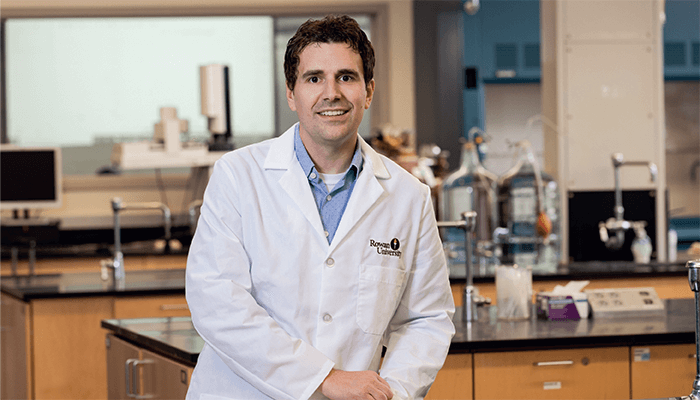Chromatography seems to have reached a limit in separation power without implementing drastic technological changes to instrumentation and column technology. Although 3D printing technology seems promising, it will probably be at least a decade before it becomes feasible to print high-performance columns.
However, I expect to see more work towards user-friendly miniaturization in chromatography. This will resolve certain fundamental issues (such as viscous heating), but will also improve compatibility with emerging technologies such as 3D printing, which can’t print large-volume structures with high resolution.

One of the big shifts I think we will see over the next five to 10 years is a reduction in our reliance on helium in the world of gas chromatography. I’ve been having a lot of trouble sourcing helium and, when it is available, the costs increase exponentially each year. I would love to see a shift to more sustainable approaches to gas chromatography involving the use of different carrier gases that can be generated in the laboratory. There is already a large national funding focus on reducing and recovering helium in other instrumentation areas, such as NMR and FT-ICR, but I think we’ll see this translate to GC instruments soon because we are significant consumers of this resource. Luckily, gas generators have come a long way and are reliable, clean, and can produce the high flow rates required for use in chromatography. I am curious to see the distribution of gases used by laboratories in the next five years and how it differs from what we see now. I personally don’t think I’ll ever purchase another GC instrument without the capability for hydrogen carrier gas use and a hydrogen generator!

When it comes to the adoption of GC×GC, I think the biggest challenge we face is implementing software approaches that have high user-friendliness and don’t require extensive training to operate. GC×GC is still viewed largely as a research technique, even though it is used more and more in routine analysis in industry. Complex software, data analysis, and statistical approaches have the tendency to make the technique more elusive. Ultimately, GC×GC is meant to make complex mixture analysis “better” – more efficient, more comprehensive, and more accurate. Simplified approaches in software and data processing will help accomplish this goal across more applications. The balancing act here is to improve usability without making software too “black box” or rigid with respect to user control. It is a challenging task, but I think we are moving in the right direction.
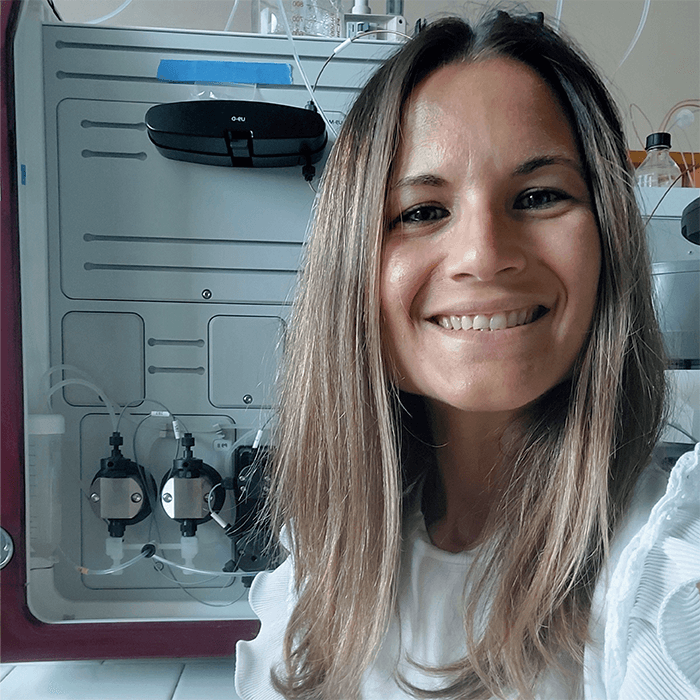
Sticking with GC×GC, the technique has undergone an important hardware and software evolution since its inception 31 years ago. Indeed, it is not surprising to see that GC×GC-MS have been applied over an expanded breadth of applications. I expect that the upcoming step will be a deep dive into more specific and complex questions in individual applications. Overall, I expect to see a deeper penetration of multidimensional GC into the various application fields.
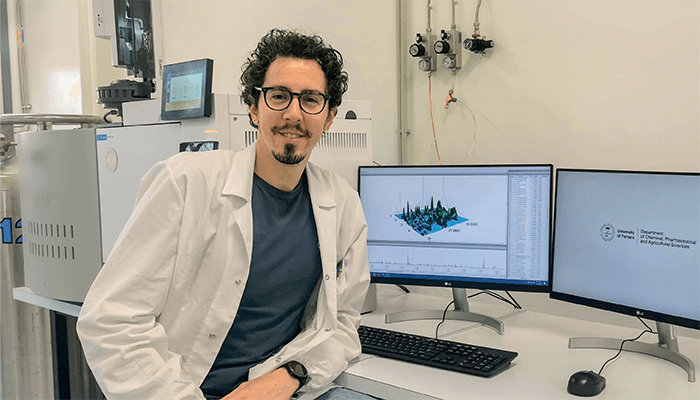
The current challenge in multidimensional chromatography is data management. There is a lack of user-friendly open-source solutions for data processing, starting with data preprocessing and alignment. Users generally rely on a combination of software with multiple manual interventions. We need more global initiatives to tackle this challenge!
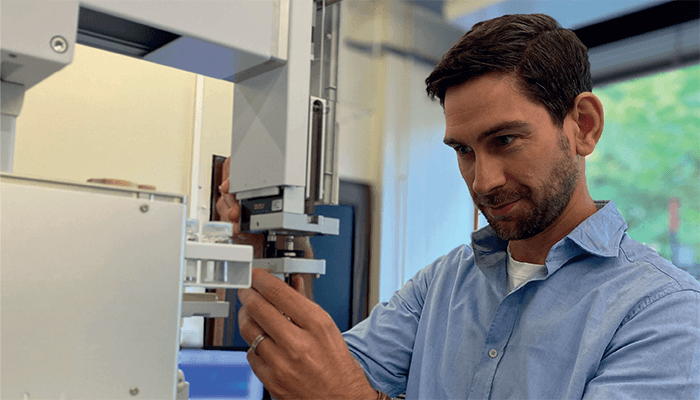
As a chromatographer, I believe the biggest analytical challenge is the increasing complexity of biopharmaceuticals. Characterization of large therapeutic proteins, including monoclonal antibodies, antibody drug conjugates, bispecific antibodies, and coformulations, offers a rich and challenging set of analytical chromatography hurdles.
I believe there will be increased demand for simultaneous characterization of large proteins and their supporting sample constituents. Currently, a series of separation techniques is required for complete analytical characterization. We have seen some research shift toward innovative methods to elucidate multiple critical quality attributes simultaneously. I also expect greater adoption and drive toward multidimensional separation technologies and MS-based instrumentation in quality control settings to safely deliver well-characterized molecules to patients with fewer, more comprehensive analytical tests.
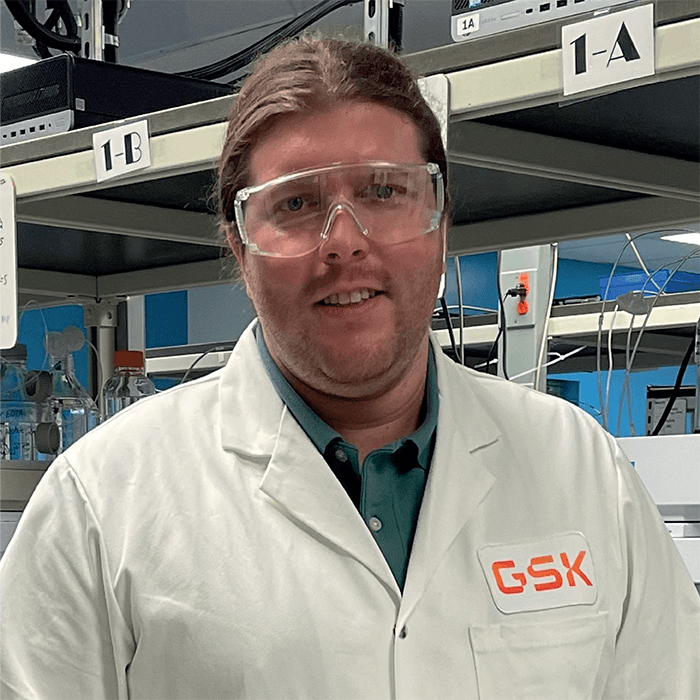
As a field, we continue to strive for “greener” analytical methodologies that reduce energy consumption and the use of toxic solvents. Within LC, multiple compact instruments have been commercialized that reduce solvent usage 100- to 1,000-fold compared with standard benchtop instruments. I am optimistic that, in the future, routine chromatographic analysis may be performed at a scale that reduces solvent consumption.
Furthermore, compact LC instrumentation that uses capillary-scale columns has a flow rate 1,000 times smaller than traditional high-performance LC (HPLC). Though many consider LC columns “less robust,” modern advances have brought them closer to what a typical HPLC user may be familiar with. HPLC is a frequent choice for routine analysis and I believe that scientists should scale down their systems for a greener alternative. Although changes are often met with resistance because of the need for revalidation, the reduction in solvent and power consumption from using these compact instruments would be worthwhile. Continued improvements in column quality and instrument performance will hopefully help this vision become a reality.
